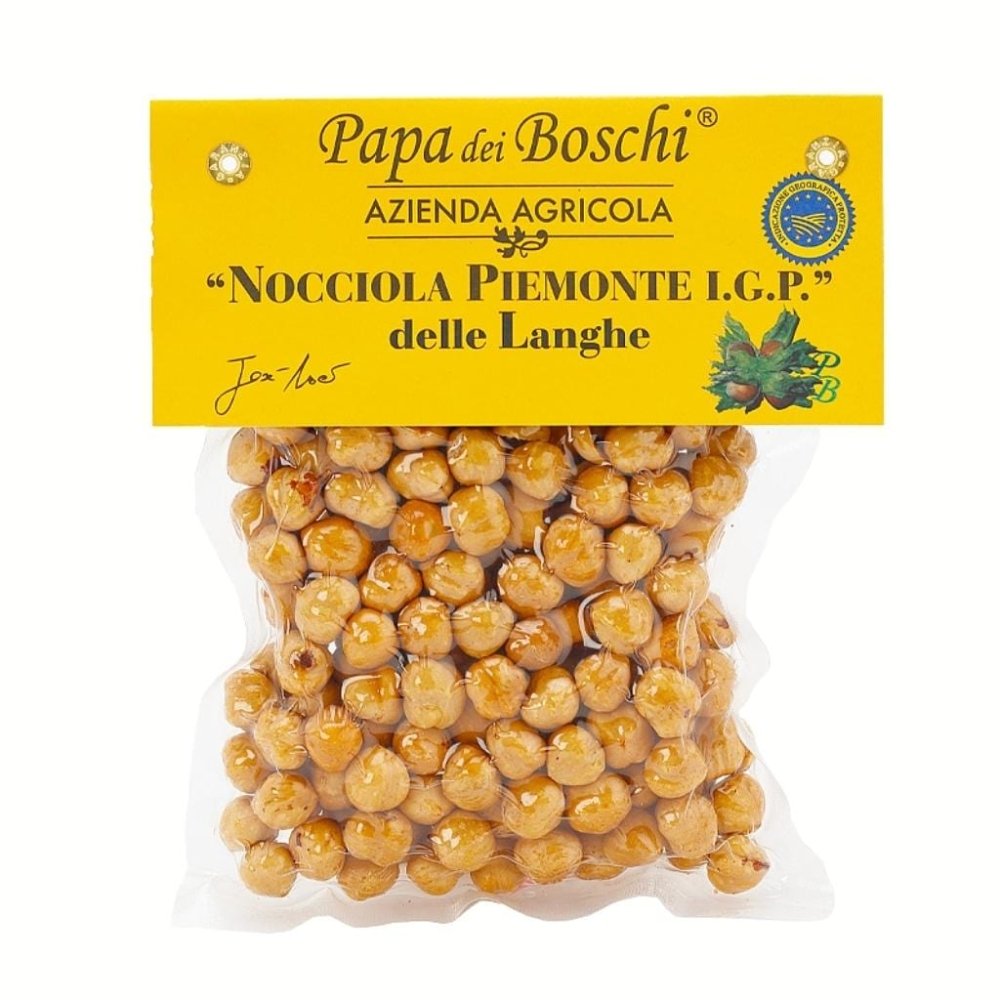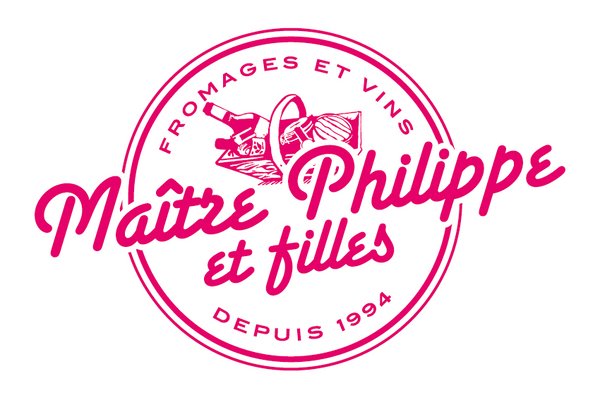The country estates
The main estate, overgrown with hundreds of olive trees, extends to the gates of the city of Nice.
 This is where the brand's various olive oils come from, including the most widespread "Cailletier", symbol of the city. They are all the result of pure manual work. There is always something to do on the terraced hillsides of Restanque . Alziari has been working with organic farming for years, because when dealing with trees that live to be more than a hundred years old, you can't help but think about future generations. Every single tree is cared for with a lot of love and attention. Two periods are of particular importance for the development and cultivation of the olive tree:
This is where the brand's various olive oils come from, including the most widespread "Cailletier", symbol of the city. They are all the result of pure manual work. There is always something to do on the terraced hillsides of Restanque . Alziari has been working with organic farming for years, because when dealing with trees that live to be more than a hundred years old, you can't help but think about future generations. Every single tree is cared for with a lot of love and attention. Two periods are of particular importance for the development and cultivation of the olive tree:
First there is the cutting, the so-called branching “élagage”, which determines the harvest of the following year. This cutting takes place after the harvest, i.e. between February and April, and requires staying power and great skill, but above all a lot of experience. Incidentally, useful olive trees are cut differently than purely ornamental trees. Their growth is stopped at a maximum height of 4.5 meters and the inner branches are cut off to let as much sunlight as possible into the tree interior. The resulting cut - the so-called "gobelet" shape (cup shape) - ensures sufficient ventilation of the inside of the tree, which prevents the typical diseases that otherwise like to spread in a humid climate.
At Alziari, one employee calculates about an hour per tree for a professionally realized cutting, which means a colossal amount of work.
The second important step is the harvest, which extends over a period from November to March, depending on the degree of ripeness of the fruit. The Niçoise olive is harvested when it is "tournante", that is, halfway between unripe and ripe.
Cultivation on the restanques, i.e. the terraced slopes, poses some difficulties: tractors cannot be used, for example, as they are not suitable for working on steep slopes.
Before the olives are ripe, nets are stretched under the trees, thus covering the entire cultivation area, categorically excluding the use of any vehicles or machines.
After a year of work and care focused on the olives, not a single fruit must be lost. With the help of the nets, it is possible to catch the already ripe olives that gradually fall from the tree. The nets also ensure that the fruits are not in direct contact with the ground, so that they are well ventilated and no heat builds up on the ground that could damage the olives.
Now the trees are inspected daily to find the perfect moment to harvest.
Then the work of the so-called "gaulage" begins, in which the branches are "brushed" with the help of rakes in order to convey the remaining olives into the nets. Working on, under and even on the trees, the "gatherers" are careful not to crush any fruit. As soon as all the olives have been taken from the tree, the nets are collected quickly, because now the sorting out of leaves and other unwanted material can begin. This selection is also done by hand. Each olive is individually inspected and only the truly pristine specimens are selected: those that are beautifully oval in shape and brimming with oil.
The olives are then immediately transported to the oil mill or placed in brine for 6 months - depending on whether they are to be processed into oil or later consumed as aperitif olives.
The mill
 The last active mill in Nice is owned by the Alziari family. Here you can see a very old-fashioned model, which still and exclusively uses the same techniques as when it was built around 1868. It works in a very special way and works as follows:
The last active mill in Nice is owned by the Alziari family. Here you can see a very old-fashioned model, which still and exclusively uses the same techniques as when it was built around 1868. It works in a very special way and works as follows:
The Moulin Genois
- The healthy and ripe olives are taken to the mill as quickly as possible to avoid damaging the fruit. Here they are sorted, weighed and finally placed in a stone vat.
- A stone millstone of greater or lesser dimensions turns in a vat also made of stone. The millstones are decentralized along the axis of rotation. This not only crushes the olives, but also kneads the flesh in such a way that the so-called vacuoles/organelles, the fat cells in the flesh, burst open. This is a very gentle method, as it excludes any kind of overheating and the associated risks. Finally, when a fine and creamy paste, the pomace, is formed, the liquids are separated from each other, the oil and the water, the plant fibers from the pulp and the seeds.
-
The Genoese method
In the in-house mill, a very special method of oil extraction is used. In this almost extinct so-called "génoiser" method, the stone vats are filled with water, allowing the oil to settle out and deposit on the surface (with a density of 0.916, it has a lower density than water). At the same time, this also separates the remaining pulp and skin, both of which still contain a relatively high proportion of oil, from the pips, which remain at the bottom of the vat. Now the pulp and the oil can be skimmed off using a long-handled perforated pan. The miller now allows as much of the water as possible to drain through the holes before pouring the oil and pulp into another container. The oil that has already been separated is now immediately skimmed off using another “pan” without holes. -
The press
Now it is time to extract the oil that is still in the pomace. Nothing is better suited for this than the so-called “press”. In the old Génoise mills, the pomace is placed in flat, round baskets resembling a beret, the so-called "scourtins". These are stacked under a continuous screw press and doused with warm water to speed up the extraction of the oil. The oil owes its designation "cold-pressed from the first pressing" to this step. Despite its considerable age, the mill still produces a very acceptable yield that can be compared with many a modern mill. The only disadvantages are the more complex handling and the lengthy pressing process. -
The olive stones
When crushed, the olive pits resemble a coarse-grained powder known as "grignon". This "grignon" is collected in containers where it is allowed to dry out completely for a year. In this dry form it is used as fuel, with which the entire mill is heated using a special oven. -
The olive pulp
The pressed pulp of the olives is used as a natural fertilizer for the olive trees.
The vintage oils
 At the beginning of the 20th century, Nicolas Alziari realized that if he wanted to stand out from his many competitors, he needed to offer even finer olive oils to some of his discerning customers. However, this presented him with a major challenge, since in the region around Nice only one variety is grown, namely the "cailletier" or "caillette" called olive. So he couldn't offer too much choice. Everything was concentrated on this very small, very special olive, the "petite Niçoise", which gives an exceptionally fine oil.
At the beginning of the 20th century, Nicolas Alziari realized that if he wanted to stand out from his many competitors, he needed to offer even finer olive oils to some of his discerning customers. However, this presented him with a major challenge, since in the region around Nice only one variety is grown, namely the "cailletier" or "caillette" called olive. So he couldn't offer too much choice. Everything was concentrated on this very small, very special olive, the "petite Niçoise", which gives an exceptionally fine oil.
Nicolas Alziari therefore decided to make some of his vintages very special, noble wines and began to study the different techniques used for such cases in other gastronomic areas.
He was particularly interested in the world of wine and champagne. He found that by combining different (vine) varieties, you can produce exceptional results with a remarkable taste on the one hand and offer customers an almost identical product every year on the other. In his work with other culinary spheres, such as coffee, chocolate, tea ... he also found that every fruit is adapted to its environment, i.e. to a very specific soil composition and a very specific climate. For Nicolas Alziari, therefore, it did not seem sensible to grow varieties from other production areas on his land, but to source them from where they grow and where they can develop best.
He began his "campaign" in Champagne and eventually traversed all of Europe in search of rare olive varieties to create his finest vintages. This process took years and required a unique skill, but the result is exceptional assemblages that have since established the world fame of the Alziari house.
What makes Alziari so special?
When producing olive oil, the Alziari house relies on the methods of the great winegrowers and their wealth of centuries-old know-how. This also means that olive oil is never seen as a simple edible fat, but always as a high-quality product. As an essential part of Mediterranean cuisine, it refines every dish. What would a holiday meal be accompanied by an inferior wine? Undoubtedly a rather mediocre experience…
It may seem obvious to you now, but until recently the only job for most producers was to take their olives to the mill, press them, bottle the oil and sell the product, regardless of the quality of the olives Harvest.  The House of Alziari has always known how to add something to this simple process: the selection. The selection first concerns the fruit and then the careful extraction of the oil itself, when the oil is skimmed off after the pressing in order to obtain exceptional vintages.
The House of Alziari has always known how to add something to this simple process: the selection. The selection first concerns the fruit and then the careful extraction of the oil itself, when the oil is skimmed off after the pressing in order to obtain exceptional vintages.
This is what makes Alziari so special: the offer is not simply production - rather, all energy is put into offering customers a unique yet unchanging taste that will be tasted among many oils - and that from year to year Year.


